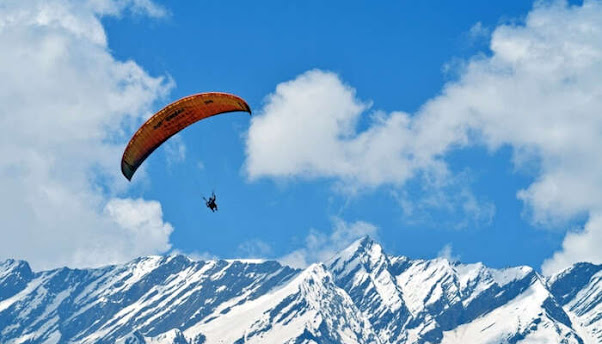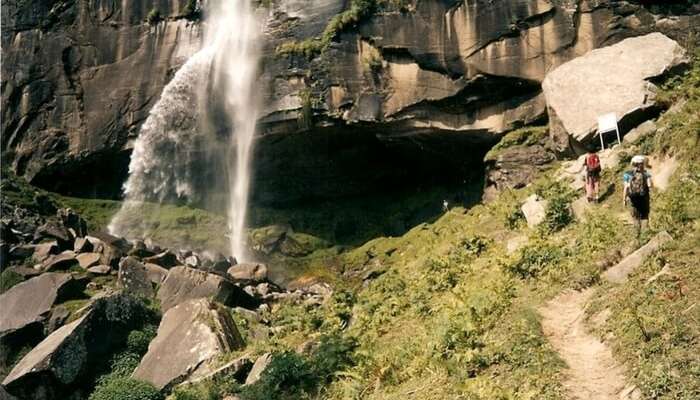Rohtang Pass is nature's greatest spectacle, located 50km north of Manali in the Eastern Pir Panjal.
It connects two beautiful Himachal Pradesh valleys - Manali & Lahaul & Spiti. Rohtang, which means "ground of corpses," was given to this pass due to the many people who died trying to cross it. However, many travelers still visit it every six months, when
it is open and accessible to the public.
Bikers and adventurers brave slippery roads and dangerous curves to reach
Rohtang Pass, Manali. This effort pays off as you are greeted with snow capped mountains and the opportunity to breathe in the fresh mountain air while enjoying the challenge of a difficult journey.
These are the most beautiful places you can visit when you travel to
Rohtang Pass Manali.
Continue reading to know more:
-
Solang Valley – The Adventure Hub
A popular destination for skiing in India, Solang valley is near Manali,
hence Rohtang Pass. It is ideal for snow skiing or sliding in snowy conditions in winter. Parachuting, paragliding and zorbing are all popular summer activities.

2. Picturesque Rahala waterfalls
A popular but rarely photographed waterfall, Rahala is 16 km from
Manali towards Rohtang Pass.
Its breathtaking descent from 2500m above sea level is the highlight of this waterfall. The beauty of nature is a delight for shutterbugs. The drive from Rohtang to here is difficult due to the narrow roads and slippery curves. Therefore, it is recommended
to hire a bus or cab.

3. Chandra And Bhaga Rivers - A Breathtaking Confluence
The Shivalik Ranges of the lesser Himalayas glaciers melt, and they flow
down, holding their course until they become Chandra or Bhaga rivers. After their confluence, they flow across the Spiti Valley and are called Chenab. It is a spectacular view because of its perfect confluence. It is located to the southeast of the Rohtang
Pass, and it is worth a visit for anyone who travels up into the lower Himalayan region.

4. Lahaul and Spiti Valley - Nature Lovers Favorite
Lahaul & Spiti Valley is reached by 2.5 hours of driving along NH 505.
The drive covers 145km. The Himalayan mountain desert, located in northeastern Himachal, is the land that connects India and Tibet. The valley is home to monasteries, nature's adventures, and nomads.

5. Khoksar village: Find Your Cozy Home Here.
Khoksar, a charming village in Lahaul's Lahaul district located 19km from
Rohtang, is Rohtang. It is also the coldest area in the region. However, it is home to some of the most beautiful dhabas in the area and is highly recommended. You can travel during summer when the snow may have melted, and Rohtang's beauty will be awe-inspiring!

Enjoy your Trip! With
Capture
A Trip.